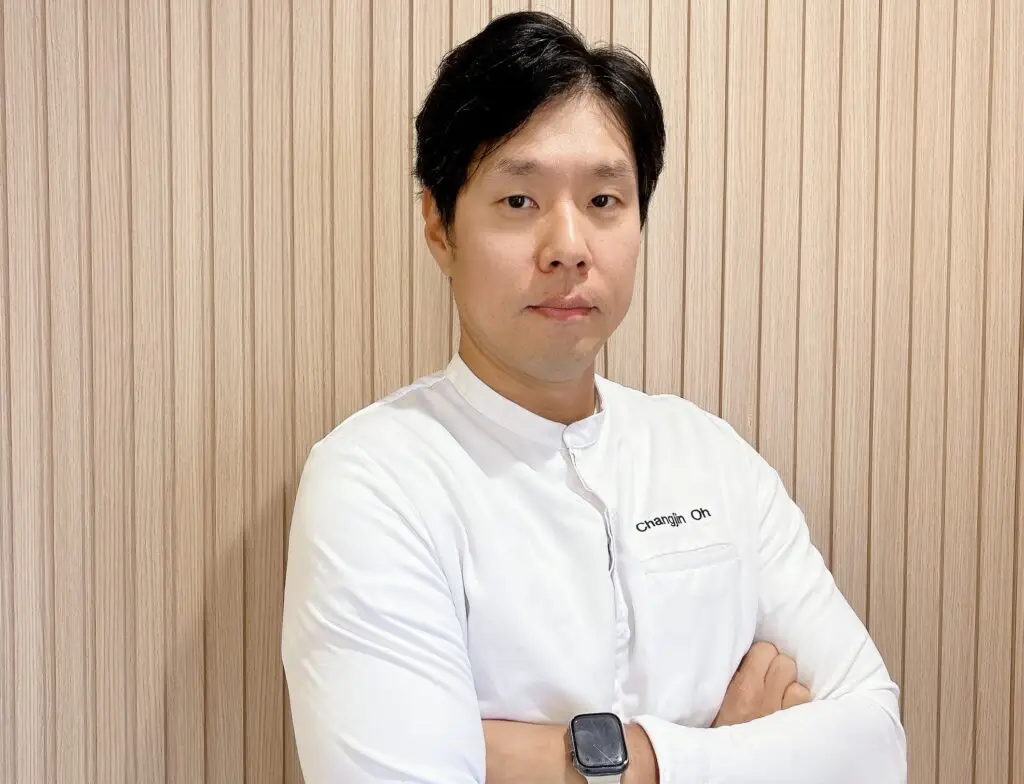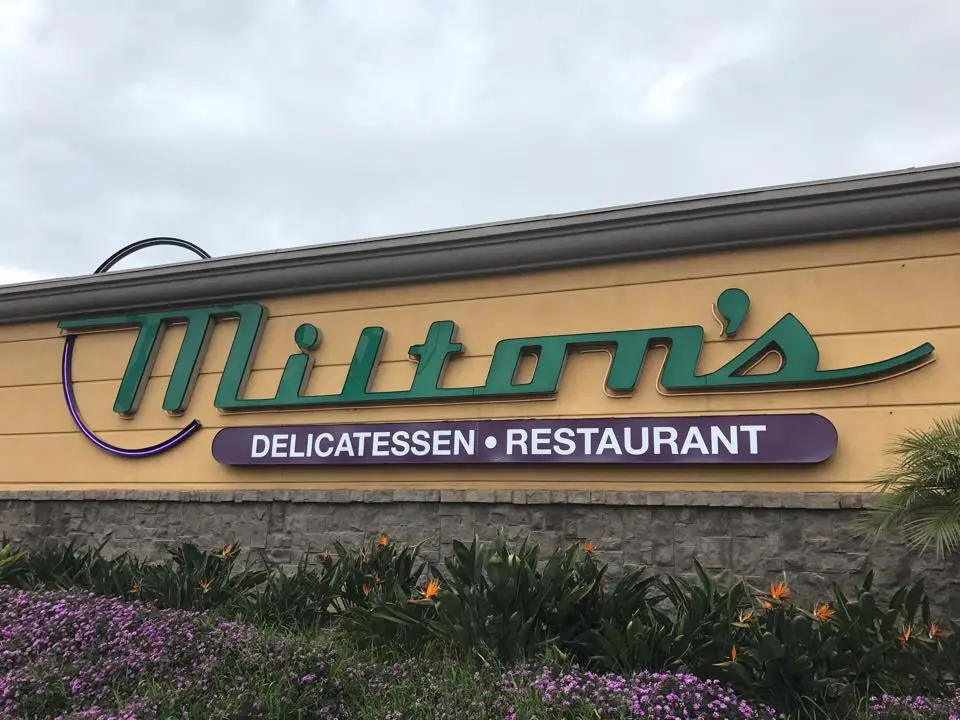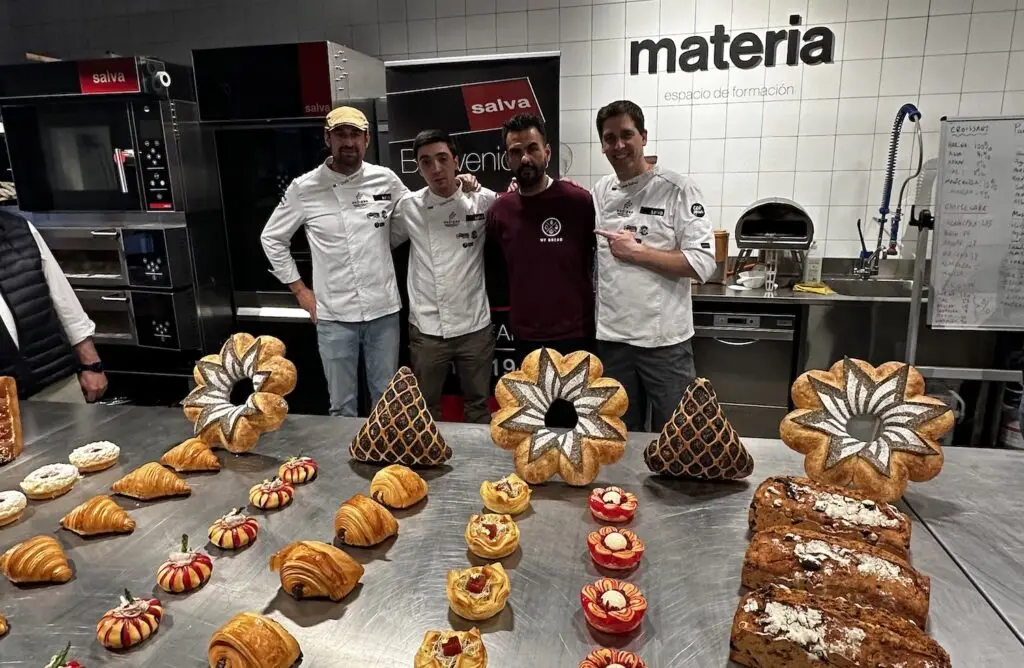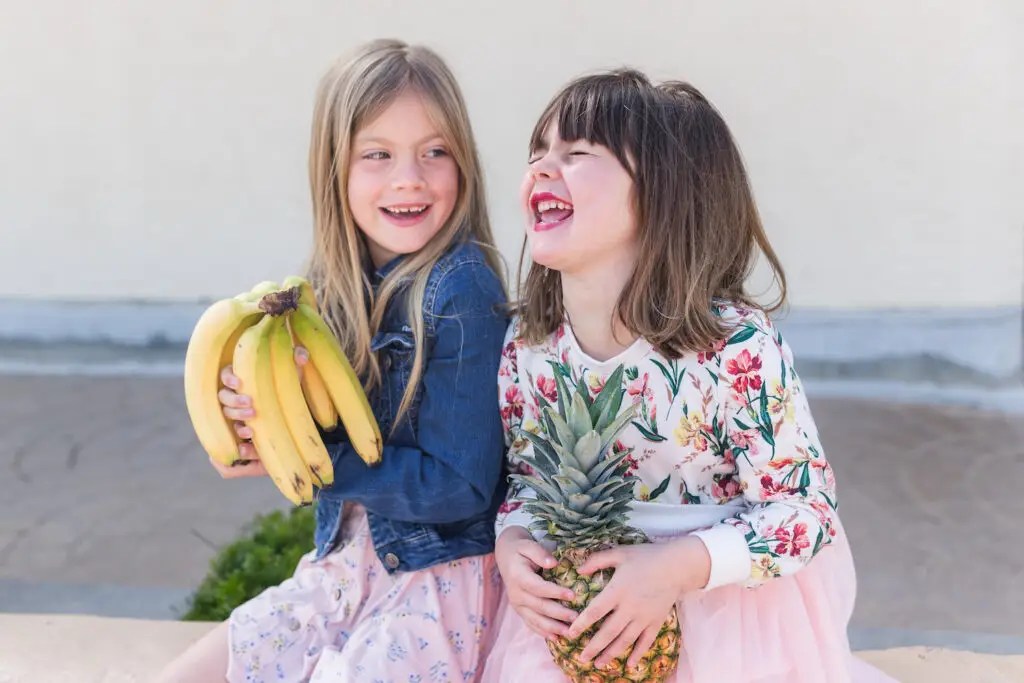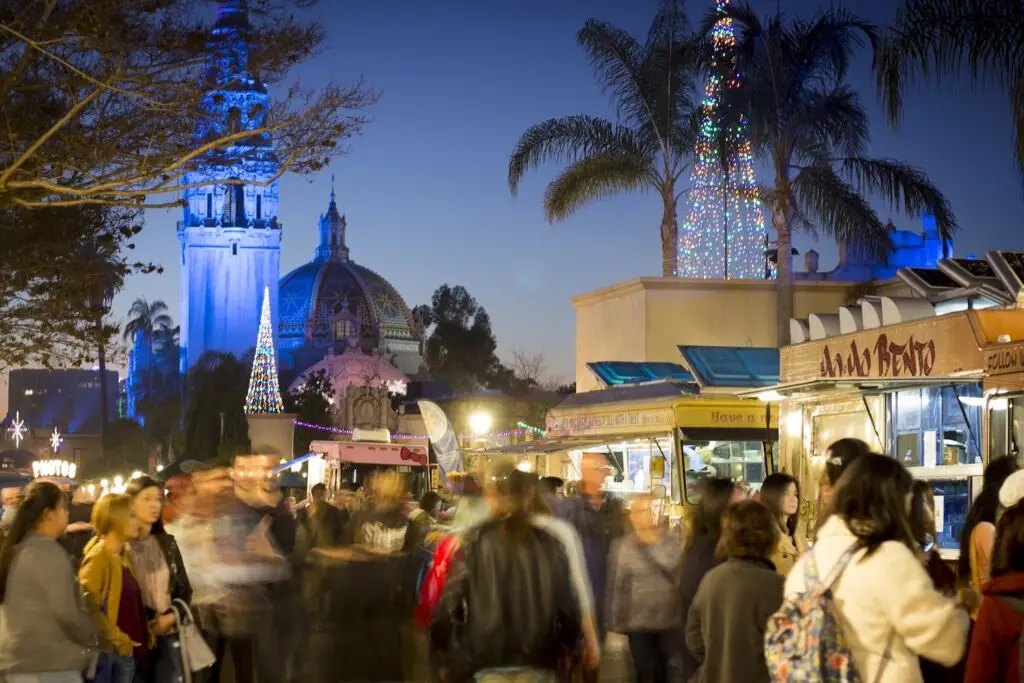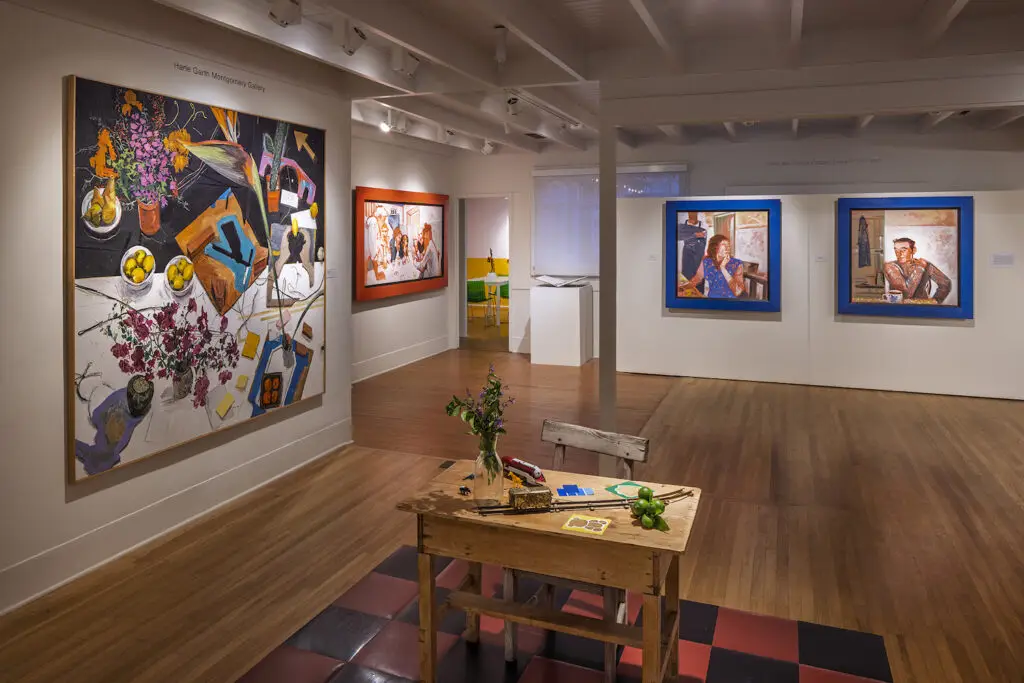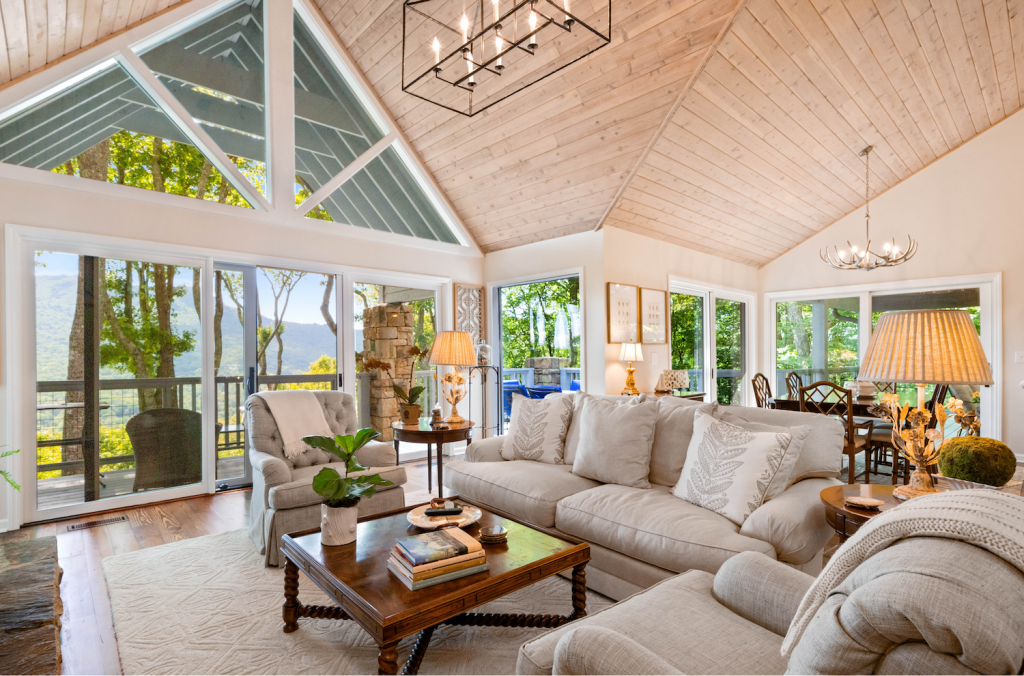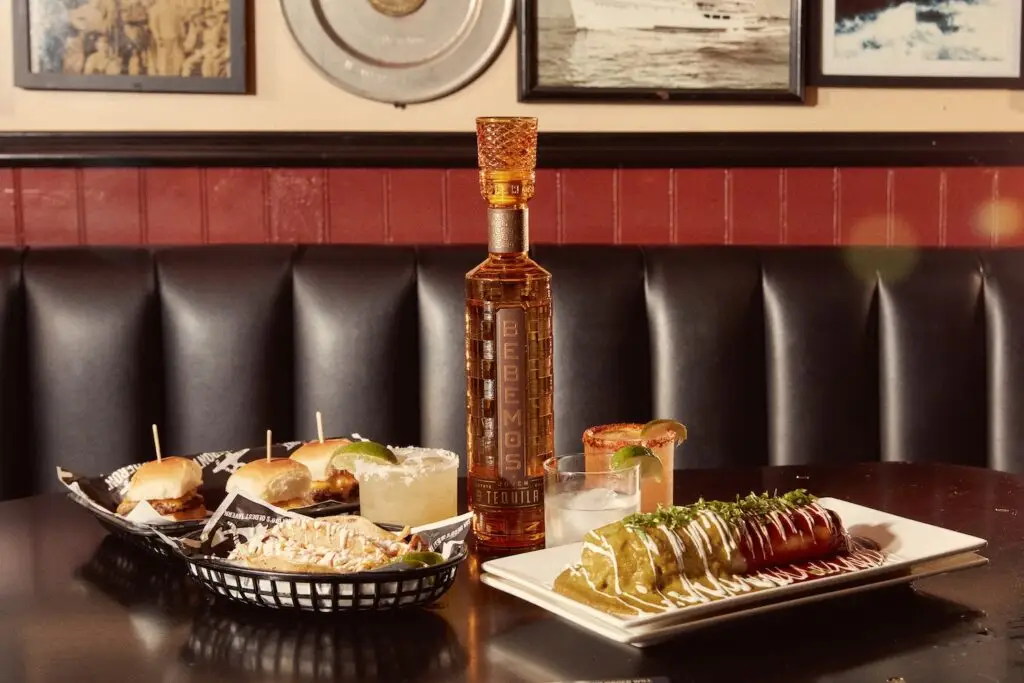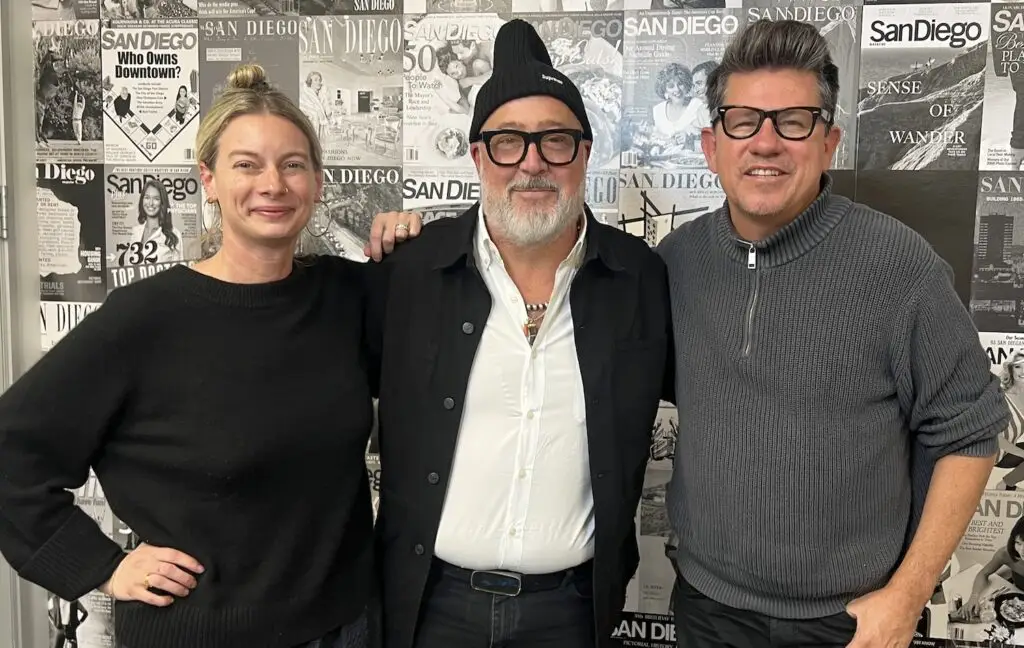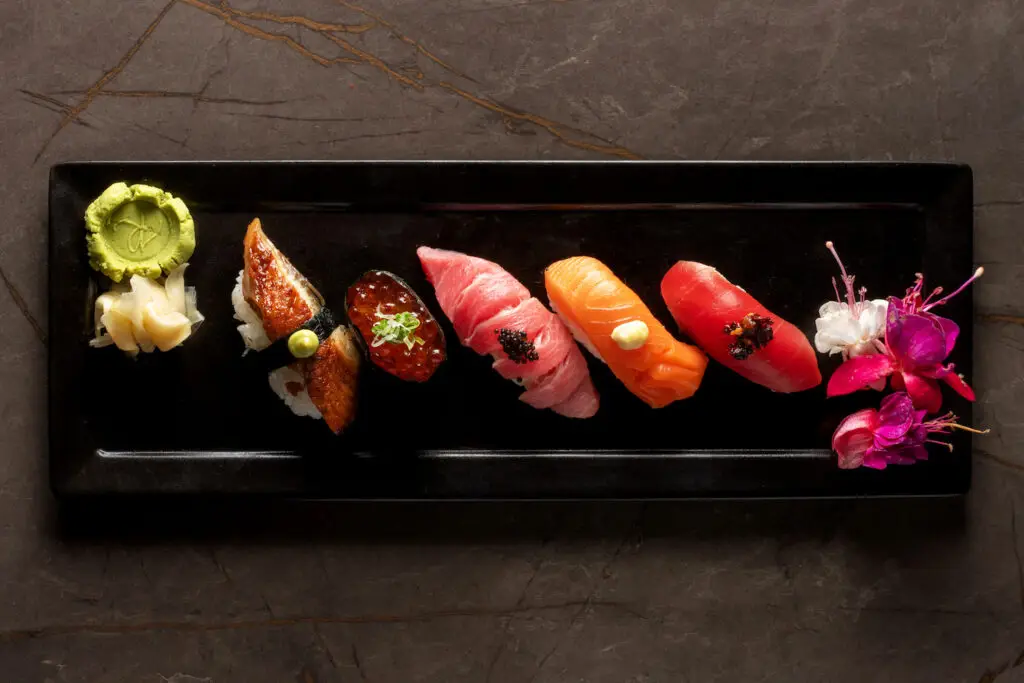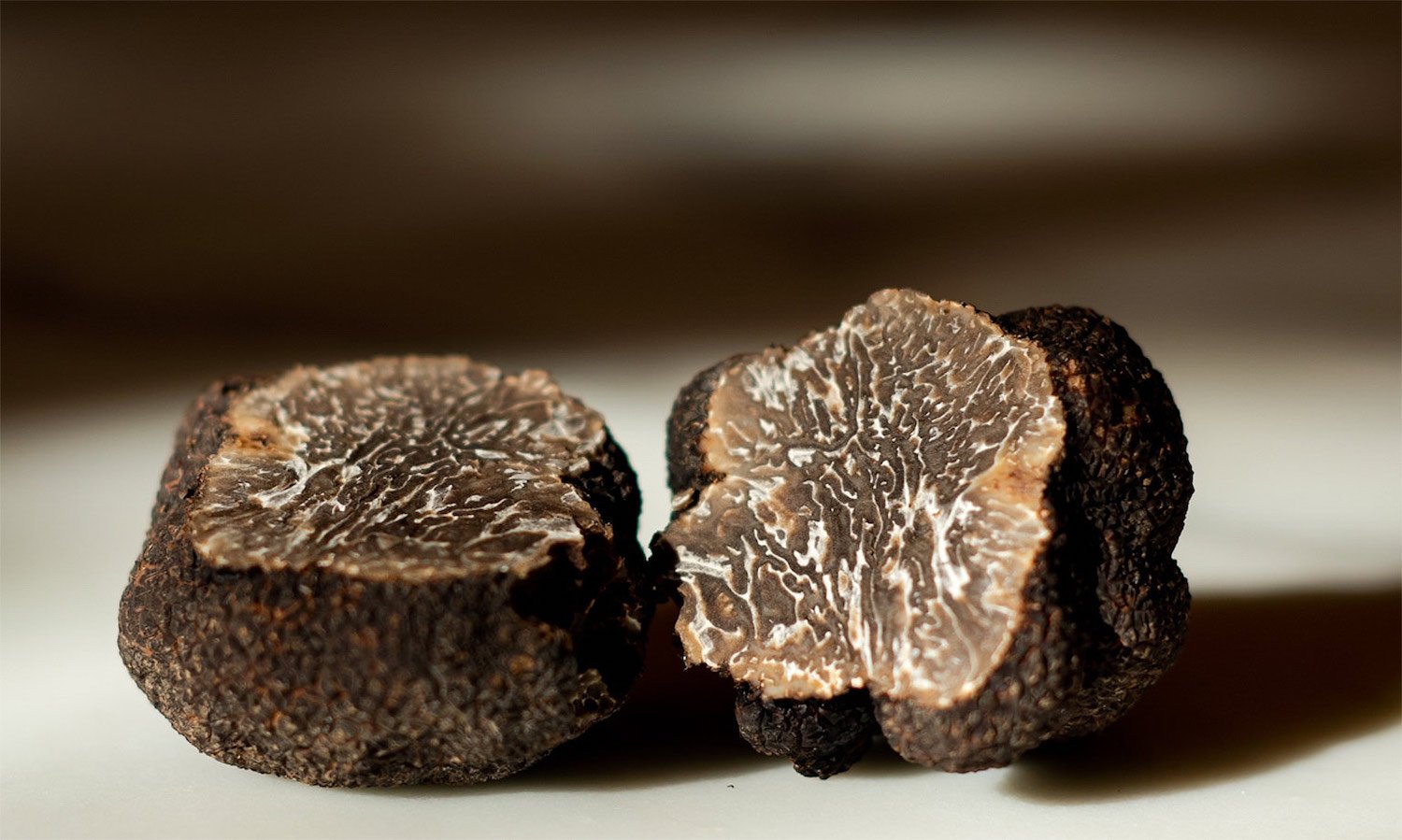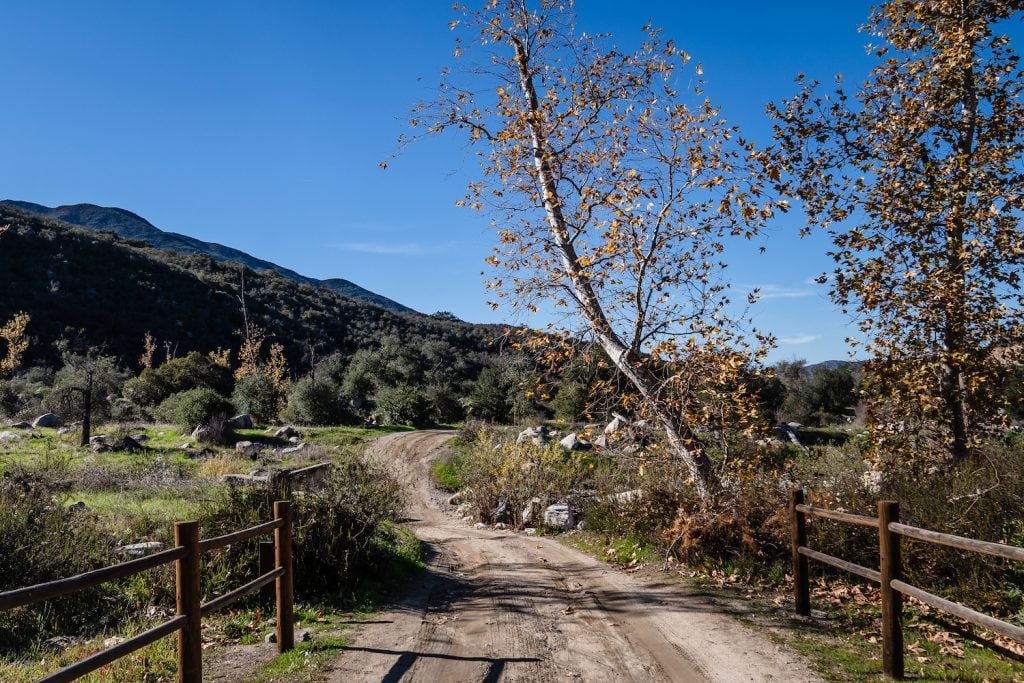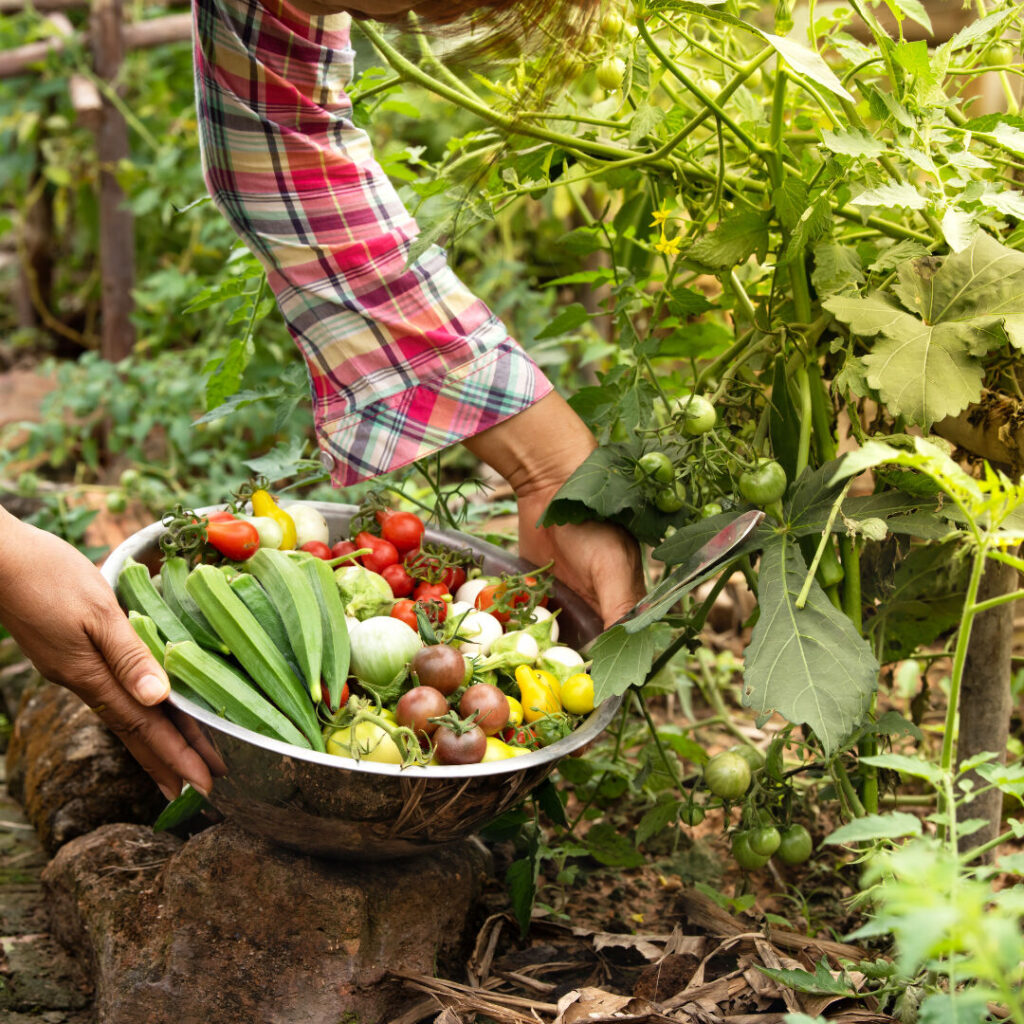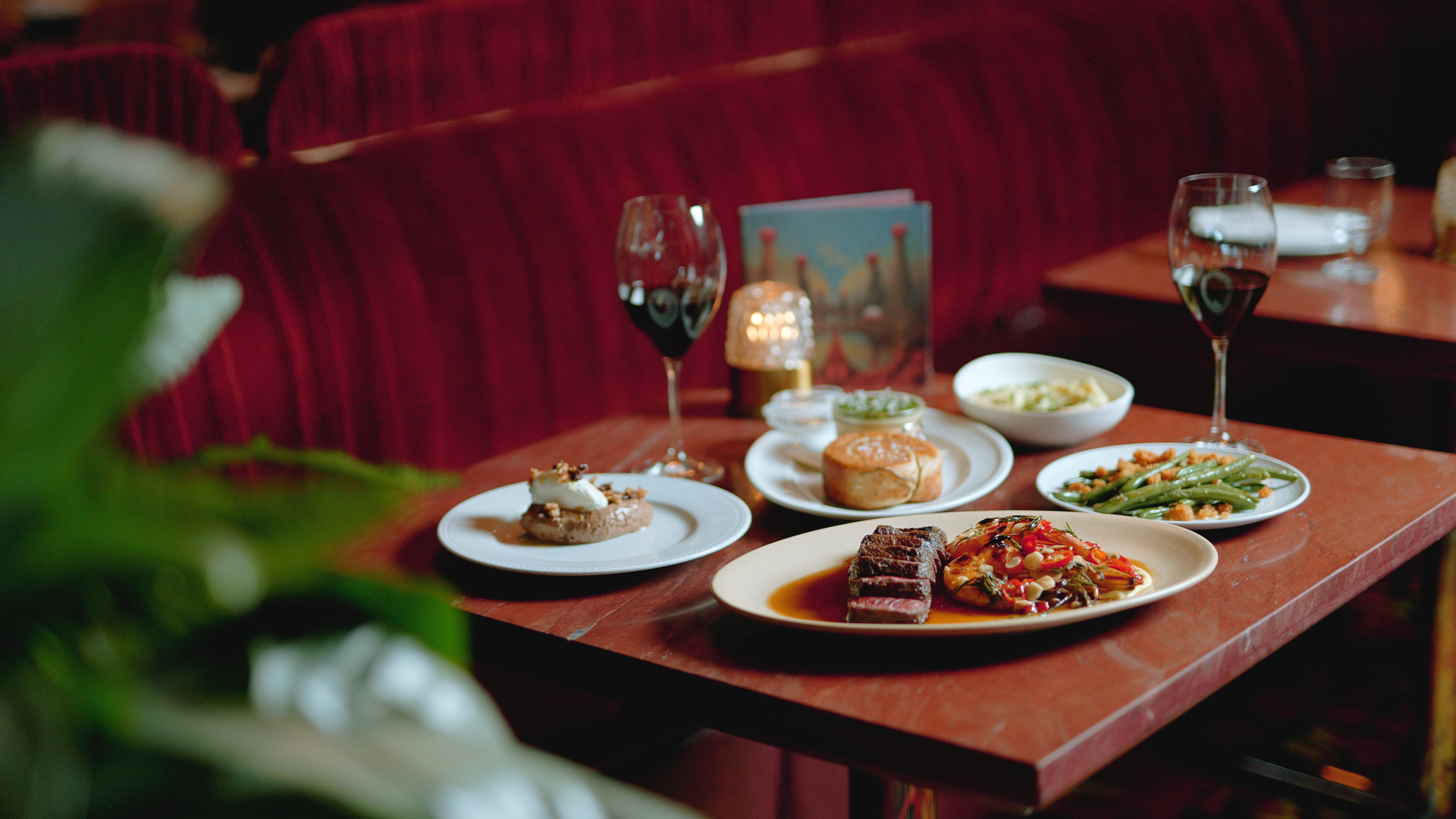People visit Napa for the wine. I went for the fungi.
Every winter, a quiet revolution in American gastronomy unfolds among the vine-flecked hills of California wine country in January. Winter is truffle season, and at the annual Napa Truffle Festival, chefs, farmers, and foodies convene to celebrate that elusive, glamorous, sumptuous, subterranean fungi.
The first Napa Truffle Festival took place in 2010, spearheaded by Robert Chang and Paul Thomas, two entrepreneurs whose combined expertise in engineering and mycology has reshaped the nascent American truffle industry.
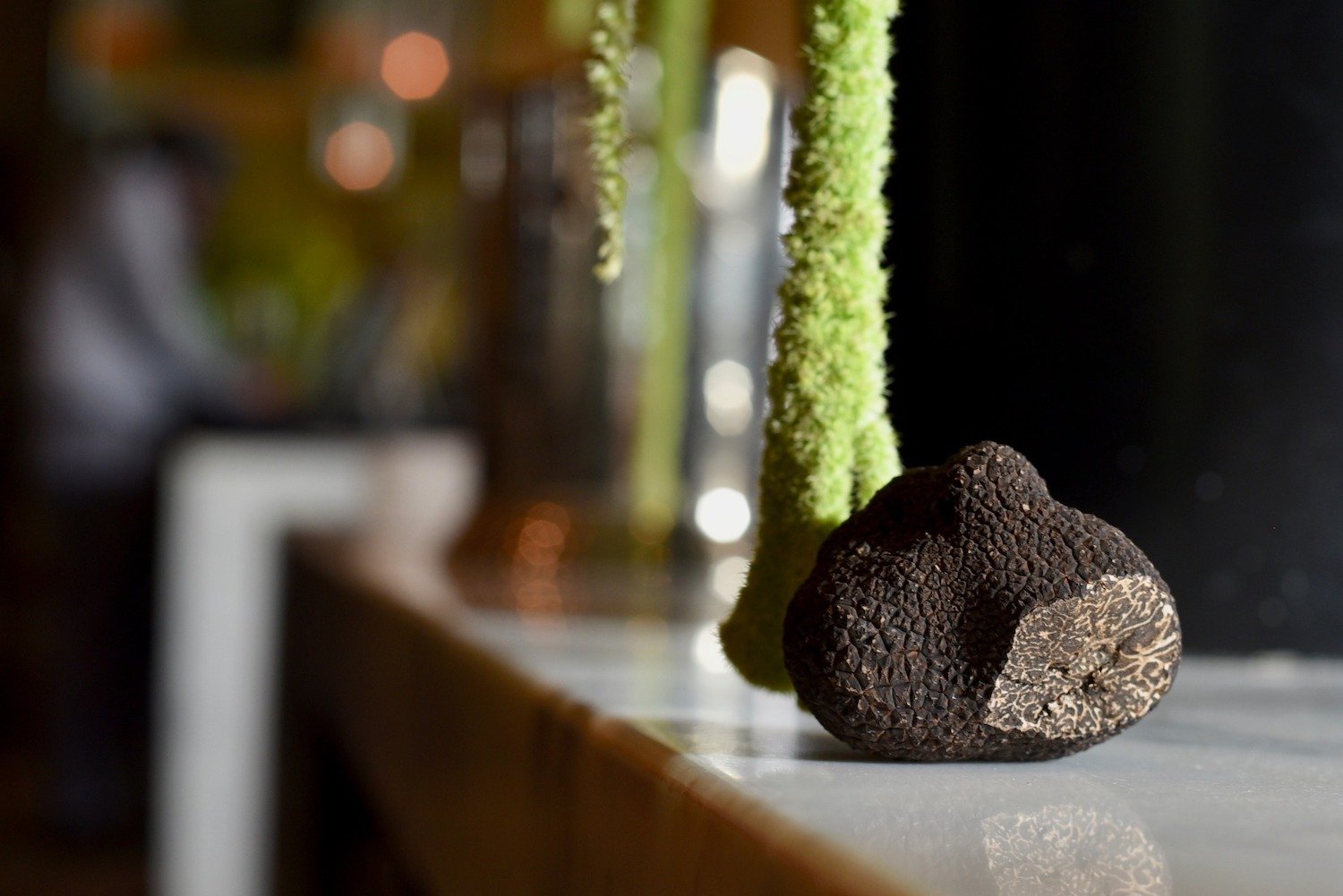
The global market has long been dominated by the usual suspects: France, Italy, and Spain, with China and Australia edging in. Chang, an engineer by training, and Thomas, a mycologist, have been working tirelessly to get America into that lucrative club. They focus on cultivating the Périgord black truffle which, at $1,500 per pound, is one of the most expensive fungi on earth (the Oregon black truffle, a lesser product, goes for $50 per pound). California, with its Mediterranean climate and bountiful farmland, is well-poised to grow it.
Chang first encountered truffles in Munich in 2002. Where most would have simply seen a delicious plate of well-garnished tagliatelle, he saw a business opportunity. Soon after, he founded the American Truffle Company (ATC) and recruited Thomas, who had earned a PhD at the University of Sheffield in mycorrhiza, the symbiotic relationship between fungi and plant roots—the very stuff of truffle concoction.
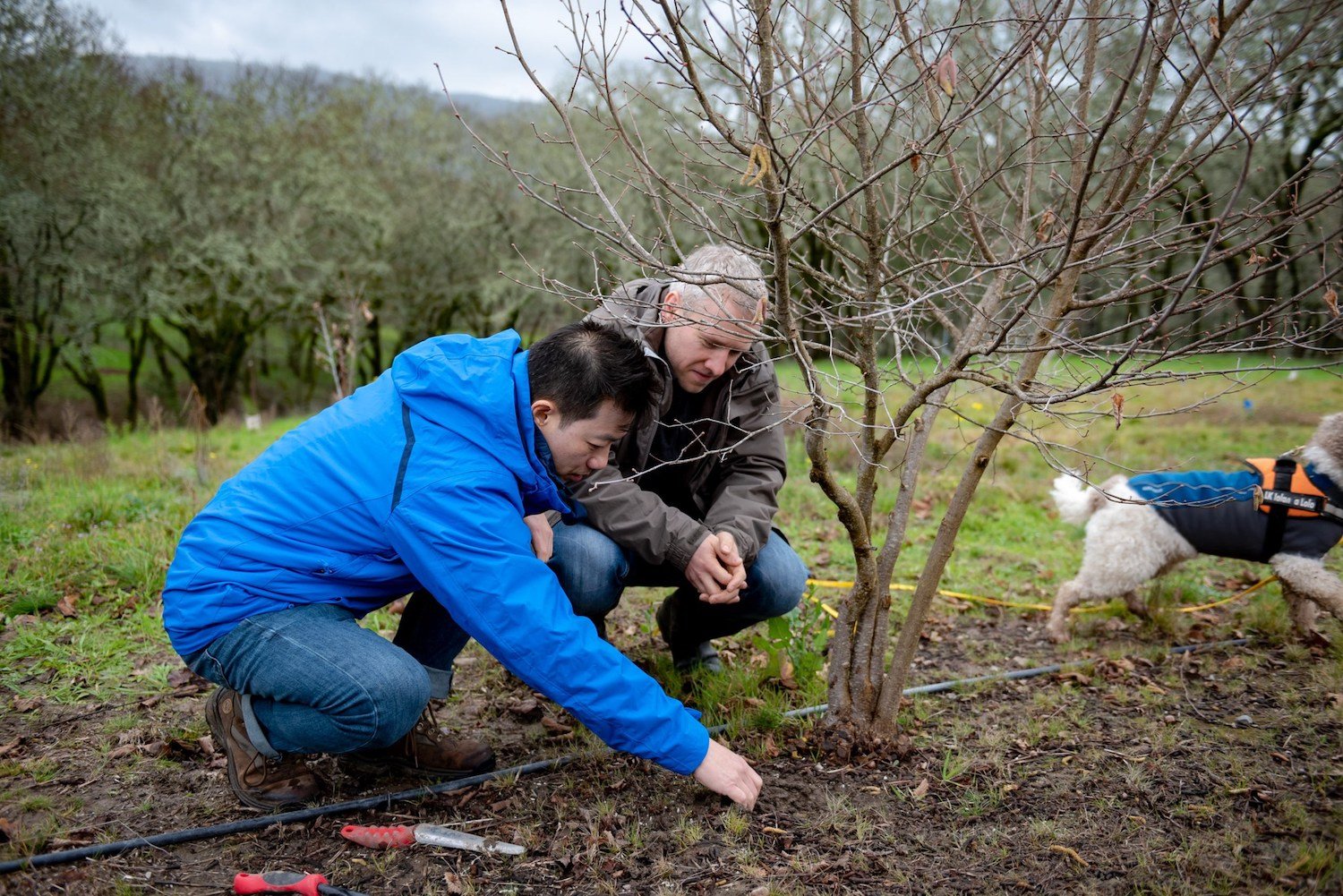
(L-R) Napa Truffle Festival founders Robert Chang and Paul Thomas
Truffles require patience. After one inoculates the roots of a suitable tree—usually an oak or hazelnut—with spores, it takes around 12 years for a truffle to appear. They require very particular soil conditions. This is why attempts to cultivate truffles in the US have been met with a 98 percent failure rate, Chang says.
Unlike in parts of Europe, where black Périgords flourish naturally, American growers must artificially recreate the precise soil and climate conditions truffles demand. Over a decade in, ATC says they have perfected this formula and claim a 95 percent success rate (one of the key strategies is to add lime to the soil). “The biggest risk in growing truffles isn’t disease or insects,” Chang adds. “It’s the human factor.”
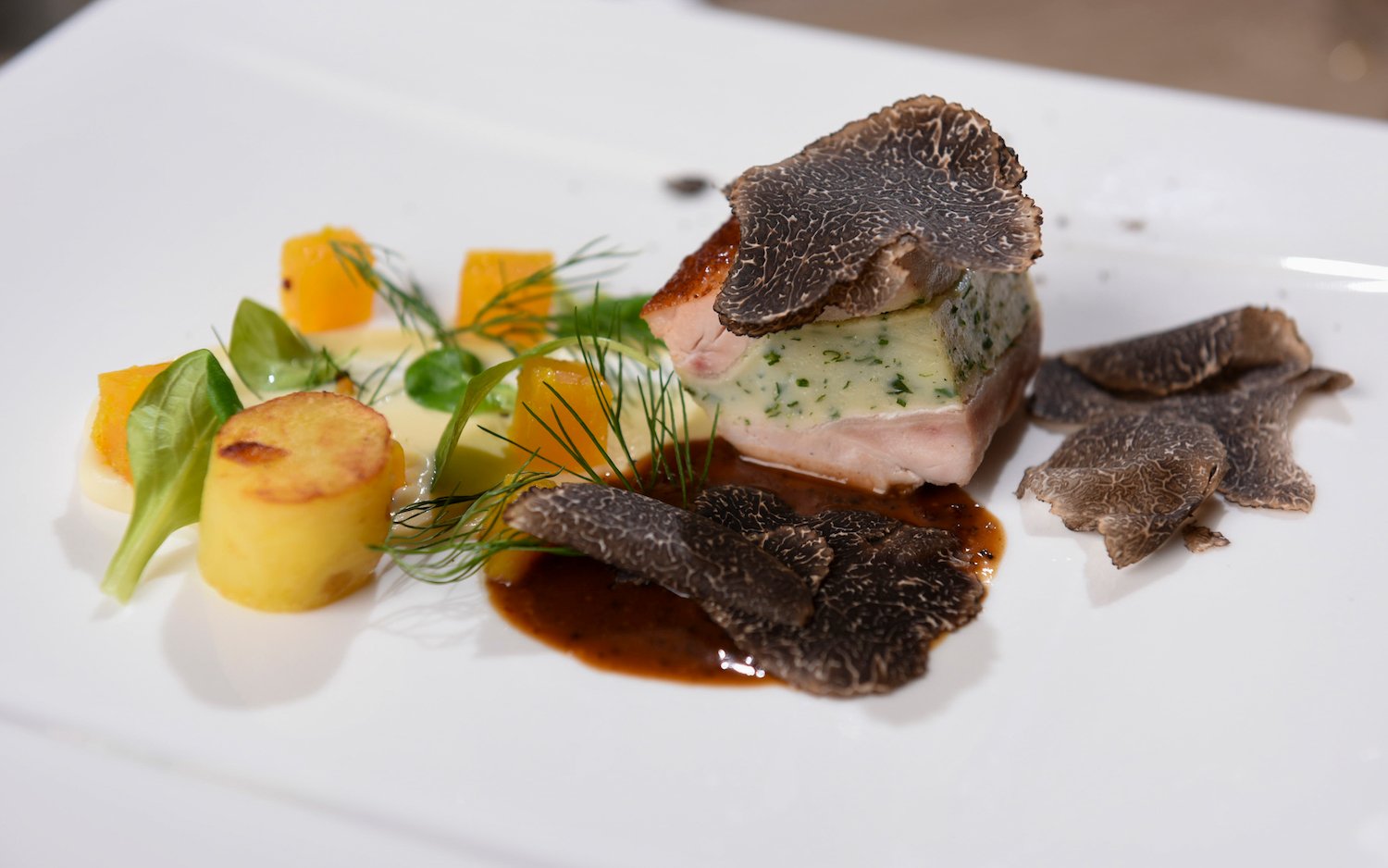
And it is a good time to be figuring it out, as American truffle demand is on the rise. Just look around: truffle burgers, truffle fries, truffle mac and cheese. This surge of demand is apparent at the Napa Truffle Festival, which has attracted over 300 participants this year. Mostly, these are farmers and landowners who want to get into truffle growing; restaurateurs scouting for new suppliers; and curious foodies like myself and my wife, Ali.
We sit through powerpoint presentations on truffle-dog raising and other esoterica; visit the stalls at Oxbow Market, a bougie food hall in downtown Napa, to taste truffle-laced specialties; and attend dinners served by the Michelin-starred chef Ken Frank, who has crafted truffle-infused dishes for over 40 years at his restaurant, La Toque.
But it is in the forests and fields of Napa Valley where the true truffle magic begins.
Our Saturday starts with a foraging expedition in Las Posadas State Forest. From the Four Seasons Napa, our luxurious retreat for the weekend in sleepy Calistoga, we drive out in the Lucid, a flashy high-end electric sports car on offer to guests. After navigating a fog-laden mountain road, we emerge beneath cathedral-esque oak trees. The morning air reeks of damp earth. It is sunny and cold. Crows caw.
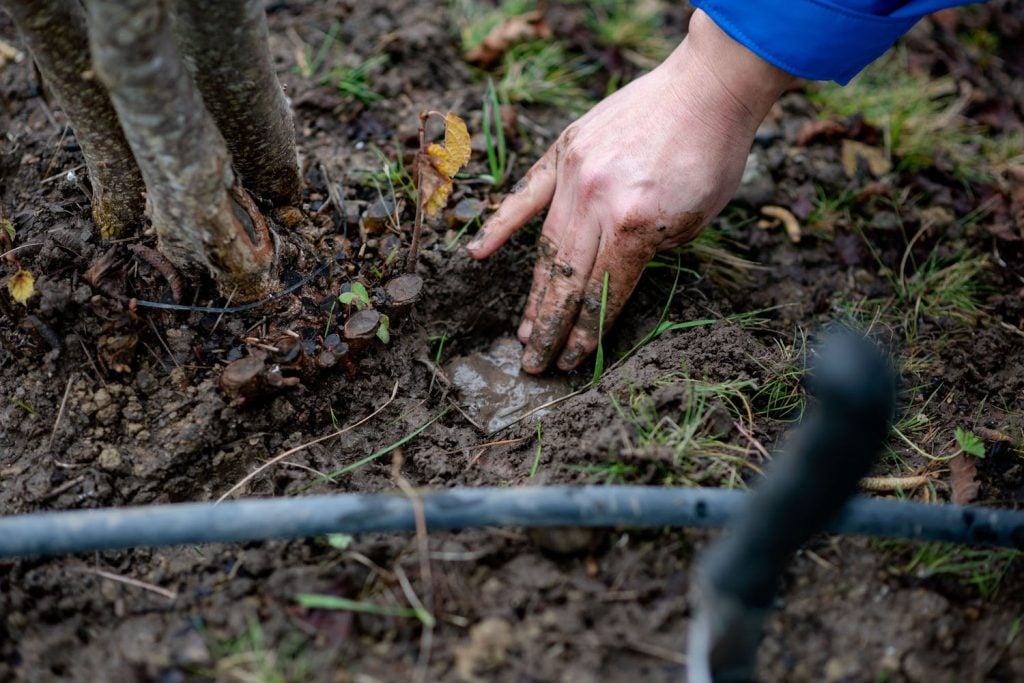
Truffle quiche in hand, we meet our guide, Norm Andresen, a seasoned fungi forager. His black utility vest bristles with tools: a small brush, a spade, a pocket knife for slicing fungi from their hiding places. “Mushrooms are like marriages,” he quips to our small group of foragers. “They’re either symbiotic or parasitic.”
Andresen leads us down a trail that snakes into a misty valley dense with pines. The fog is good for the mushrooms. “On average, most mushrooms are not poisonous,” Andresen informs us.
We pass pockets of red, yellow, and pink mushrooms, and Andresen explains the ways of the forest. “You can see the war between the redwoods and conifers,” he says, noting how the towering redwoods shade out their rivals. “They’re putting an embargo on the sun.” We marvel at the mycological diversity piling up in a basket as we go: turkey tail, King Alfred’s cake, a perfectly golden chanterelle.
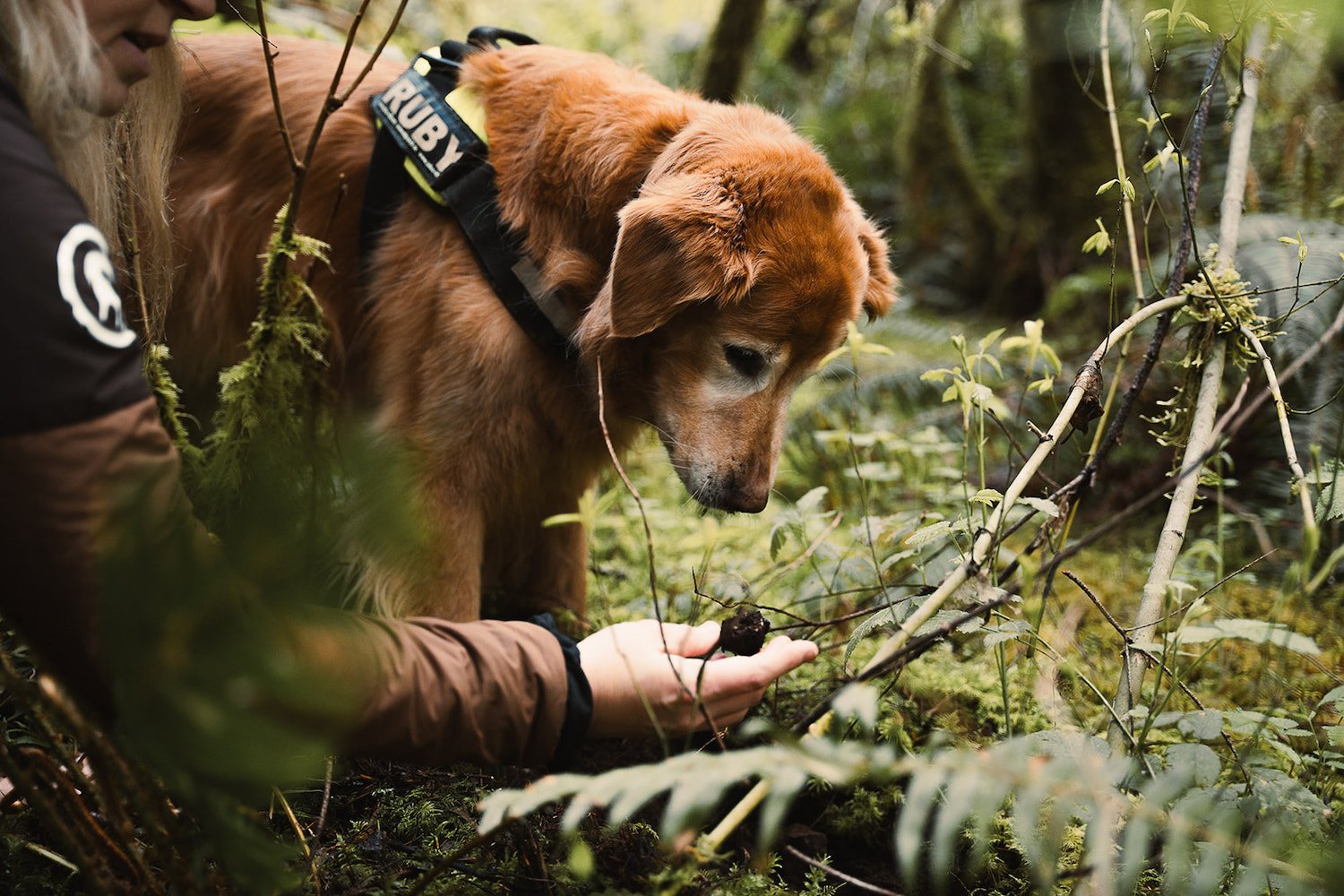
But mushroom foraging is a tranquil affair. The real action takes place a few hours later, when we get to see the truffle dogs at work. About 60 festival-goers gather at Raymond Vineyards in St. Helena for a demo, sipping Champagne beside a small orchard of hazelnut and oak trees. The air is bright and crisp, with the Napa hills rising green and rocky in the distance. Frogs croak from the reedy banks of a dark pond.
Three handlers fit their dogs with harnesses, signaling go-time. There is a corgi, a German shepherd, and two Lagotto Romagnolos; Alana McGee, founder of Truffle Dog Co., explains that this latter breed has been trained for centuries in Italy to sniff out truffles. Unlike pigs, which were traditionally used for truffle hunting in Europe, dogs don’t have a taste for the prized fungi (though sometimes they still do try to eat them, she notes).
The excitement is palpable when Flora, the German shepherd, darts between the hazelnut trees, sniffing intently at the roots. We all watch, mesmerized, as Flora finds her first prize, scratching wildly into the dry earth. “Don’t eat it! Do not eat it!” her handler, Aiko Vail, shouts. When Vail and Flora aren’t truffle hunting, they’re doing search and rescue work around Washington state. Vail herself does not like the taste of truffles.
She pulls out a treat from her fanny pack, calling “Candy!” Flora bounds towards her, and Vail whispers sweet praise into her ear.
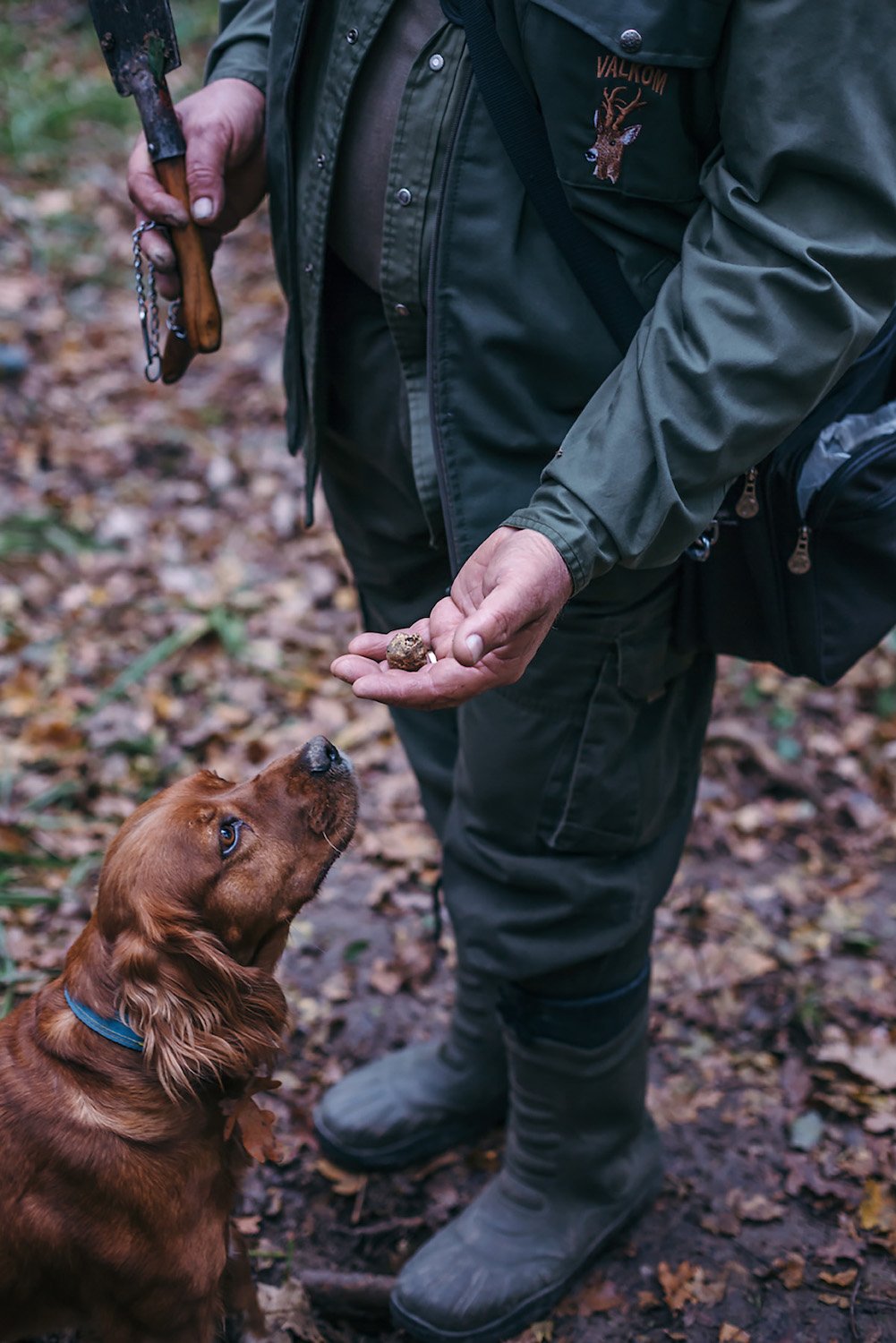
“Some dogs don’t want any chit chat,” she announces. “Some love it. You have to know your dogs.” It is clear that their relationship is a symbiotic one.
Truffle farmers don’t unearth their finds until they have a buyer. With a half-life of a mere five days, fresh truffles begin to decay quickly, one reason they’re so pricey. So truffle dog handlers hired by orchard owners mark each discovery, so that the owners can wait until the last moment to harvest.
PARTNER CONTENT
Once unearthed, black truffles smell like “pineapple and cake batter,” Vail says, while white ones have an aroma resembling “gasoline” or “horseradish.” European truffle supplies have been declining due to climate change, which are making conditions too dry. But in Napa, through scientific intervention, growers like Raymond Vineyards are creating an American future for the industry.
On our last day, Ali and I embark on a morning hike near our hotel. The Oat Hill Mine Trail affords splendid views of vineyards sun-bating in the valley below. Afterwards, we enjoy a wine tasting at the nearby Elusa Winery before grabbing lunch—turkey sandwiches with truffle chips and a local rosé—at Oxbow Market. For dinner at Truss, an onsite restaurant at the hotel, we decide to lean into the spirit of the weekend and go full fungi: roasted chicken with black truffle jus and tagliatelle in black truffle butter. Rich, earthy, delectable. You can practically taste the effort.
